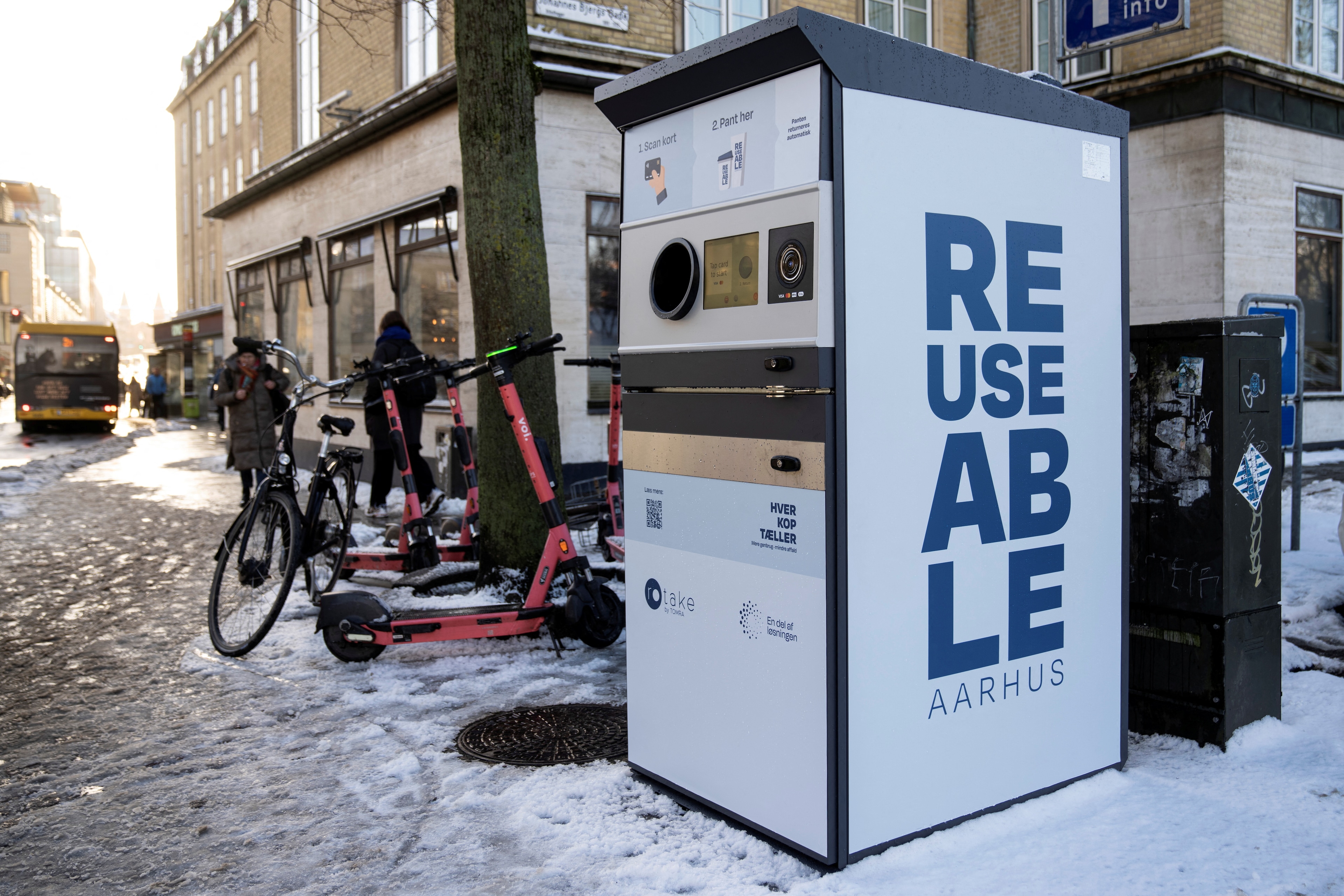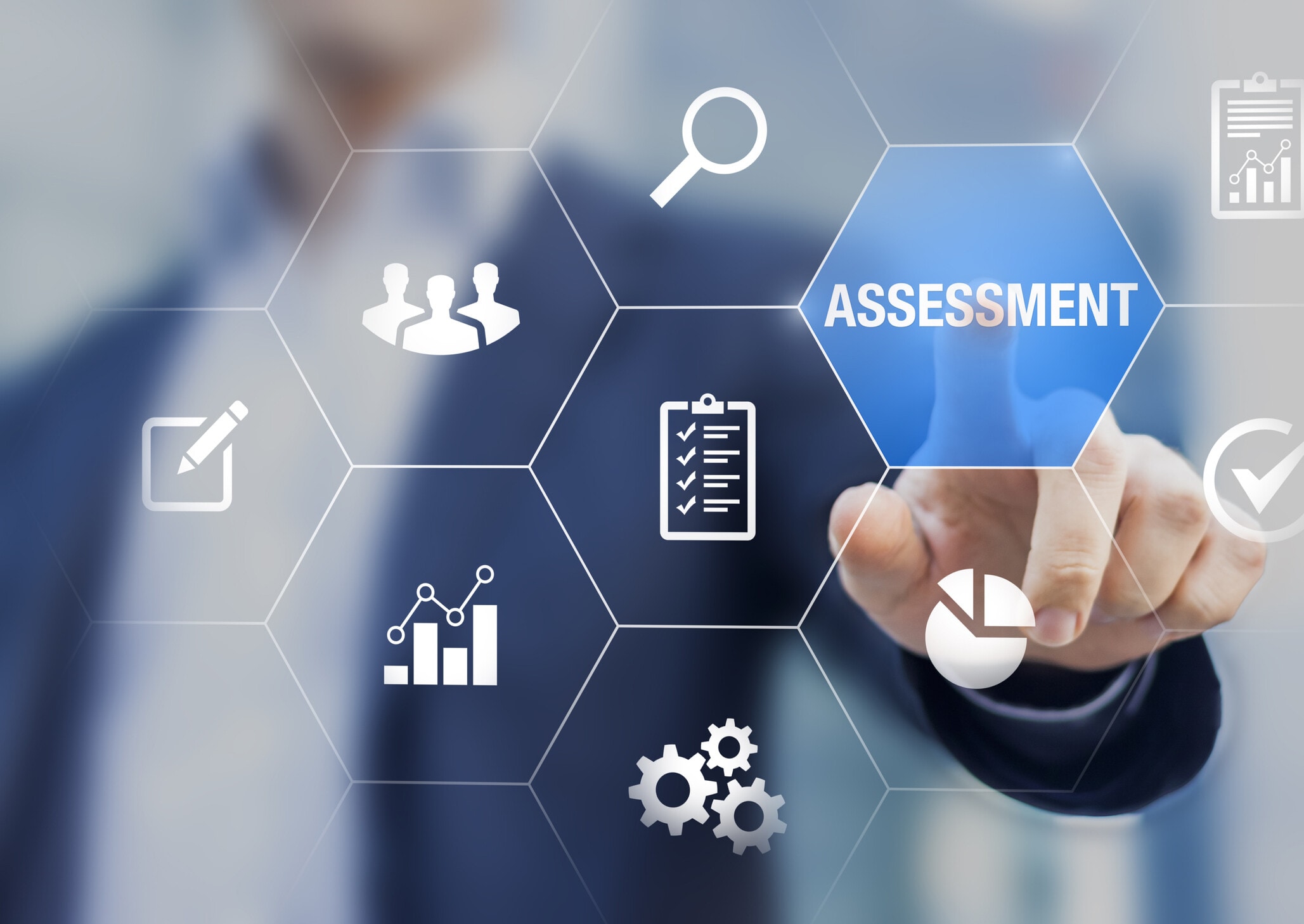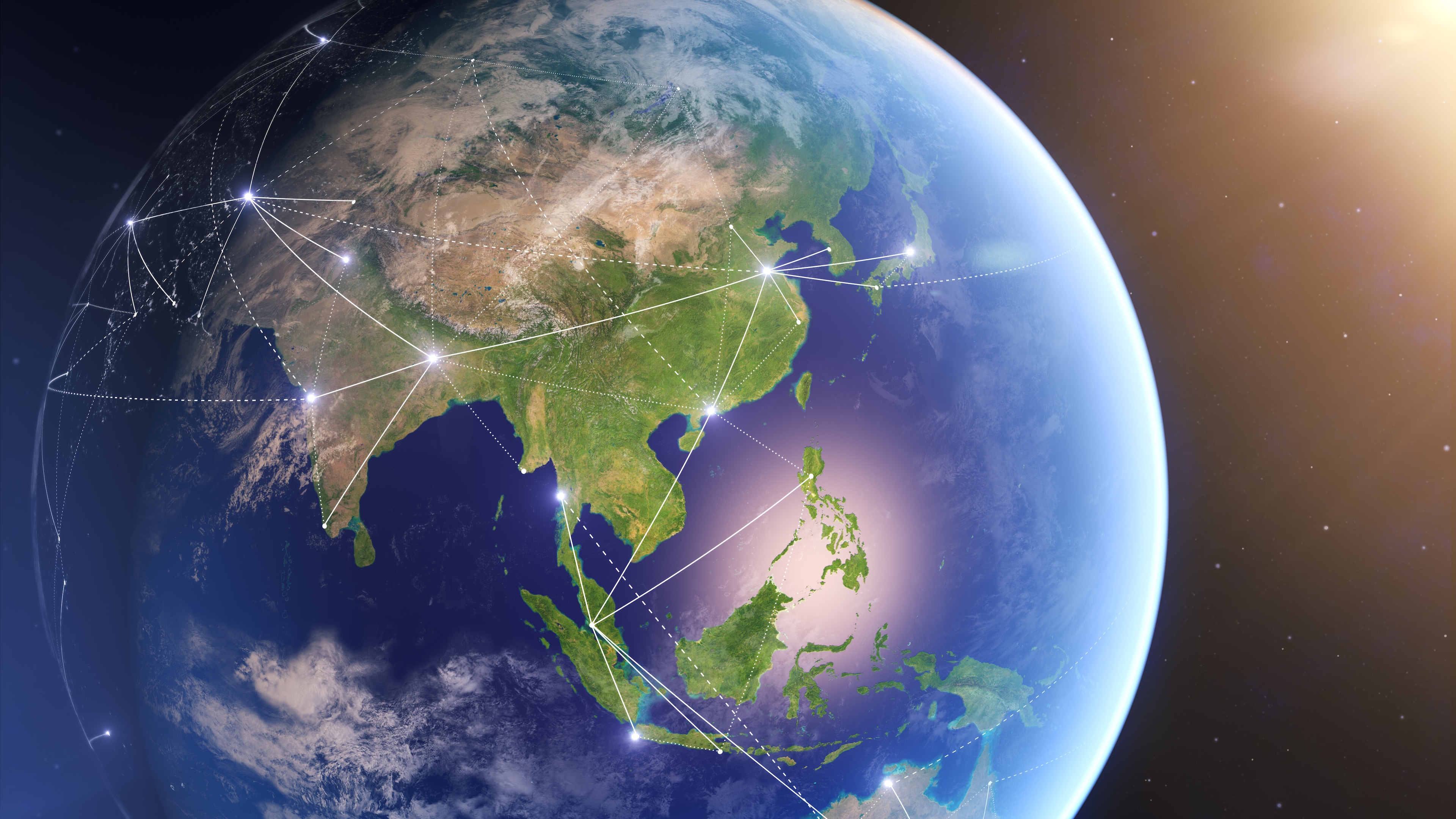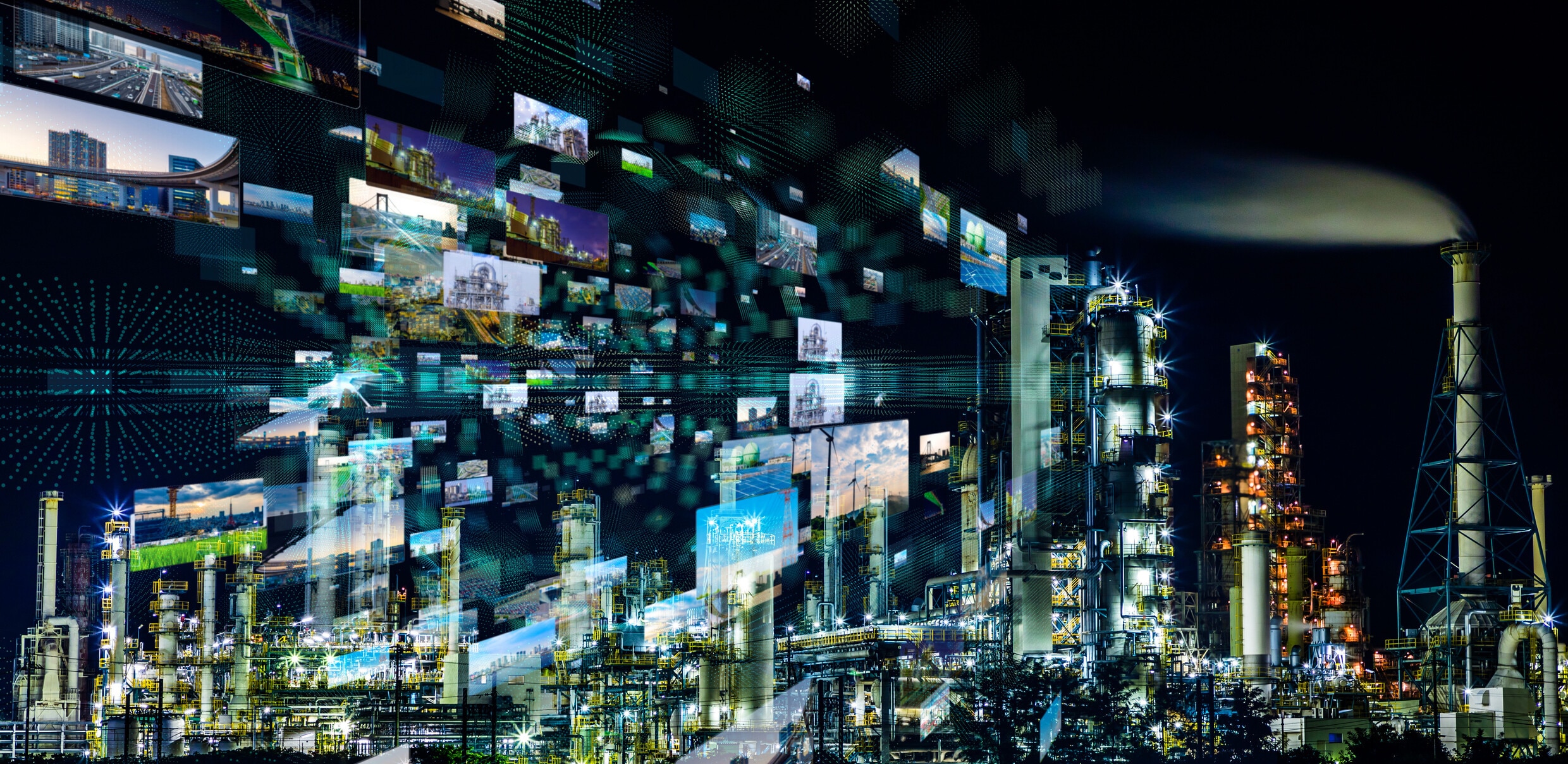Here's how we can achieve plastic neutrality — and save the ocean

Stopping ocean plastic pollution at the source — the production of single-use plastics — is a key way to reduce ocean plastics.
Image: REUTERS/Cordelia Hsu
Stay up to date:
Advanced Manufacturing and Supply Chains
Listen to the article
- By 2050, the world will have produced over 40 billion tonnes of plastic — the vast majority of it will live in the ocean or our environment for centuries.
- To combat this crisis, and reach plastic neutrality, plastic credits can be a key tool.
- Already, companies like Saathi are finding ways to cut their plastic pollution massively while also providing social benefits.
Plastic is everywhere because it is cheap and convenient. We have produced over eight billion tonnes of it since the 1950s. Based on current global trends, we are expected to produce around 34 billion more by 2050.
Addressing the plastic problem requires a fundamental shift in how we think about the world and its resources — and time is running out.
There are, however, both short-term and long-term solutions available.
Thinking long-term
We are producing 400 million tons of plastic every year, of which 36-40% is single-use plastics. Single-use plastics are used for a few minutes before being disposed of, polluting the environment for centuries. Eliminating single-use plastics from the supply chain is of utmost importance. Many companies are already on the hunt for replacements.
For example, Nestle aims to make 100% of its plastic packaging reusable or recyclable by 2025 while also reducing their use of virgin plastic by one third, and PepsiCo has committed to a 50% reduction in virgin plastic per serving by 2030 while also setting a target of achieving net-zero emissions by 2040.
Change takes time. These companies have complex global supply chains, developed over decades. In many cases, they will have to overhaul their entire manufacturing unit from scratch.
Consumers, for their part, can be reluctant to accept the additional cost that comes from using green materials.
While companies evaluate their supply chains, new plastics are continually produced and older plastic continues to slowly break down into smaller and more harmful microplastics, which have even been found, among other places, in human placentas. We are in dire need of short-term solutions that can be deployed immediately.
Acting in the short-term
One option is plastic credits. A plastic credit is a measurable, verifiable and transferable unit generally representing 1kg of plastic collected from the environment or recycled. Like the carbon credit system, where credits are used to offset carbon emissions, plastic credits are used to offset plastic use.
As of today, there are two major types of plastic credits. They measure the amount of plastic waste collected or recycled and support projects or communities that do the collection or recycling. Some credits support the waste picker community.
This plastic credit system addresses plastic waste management, which is important — but it does not address the creation of plastic.
A new plastic credit
Single-use plastic avoidance should be incentivised with new technologies. This would help to scale the technology faster, and may mean plastic credits can integrate into companies’ supply chains in the long term. In the short term, companies will be able to offset some of their plastic usage even before they make their complete switch to new materials and a new supply chain.
We must address the root cause of plastic pollution. Incentivizing sustainable business models through a system of single-use plastic avoidance “credits” will allow business owners to come to the forefront of the battle against climate change.
Just as carbon credits have evolved and are now focusing on carbon mitigation, there should be an equivalent for plastic credits that incentivizes avoidance of single-use plastic. We should focus on and support programmes that replace single use plastics with other sustainable alternatives that are either compostable, reusable, upcyclable or recyclable.
The single-use plastic avoidance credit encourages a proactive and net-positive approach to immediately achieving plastic neutrality, while also contributing to a long-term sustainable solution. It is a practical approach for the transition to a sustainable future and a win-win for companies looking to invest in sustainable solutions and address their own sustainability.
Addressing plastic pollution at the source
Every industry has its own specific needs and there is no one size fits all solution to the plastic pollution problem. Different types of companies can be a part of the single-use plastic avoidance credit programme and develop models to deal with plastic pollution specific to their own industry.
Saathi, for example, makes biodegradable and compostable sanitary pads from agri-waste fibers. Regular sanitary pads contain 90% plastic and generally contain bleached wood pulp. Saathi replaces one-for-one regular plastic sanitary pads with completely compostable alternatives. The standard plastic credits count kilograms of plastic waste collected or recycled. The single-use plastic avoidance programme would count the number or kilograms of plastic waste avoided — Saathi would gain part of a credit each time it replaces a single-use plastic product with a compostable one.
Not only does this approach cut plastic pollution, but it also provides farmers an income in exchange for their agri-waste and employs women. Saathi also offers free sanitary products to underserved communities, and the method emits less carbon.
The benefits of the single-use plastic avoidance programme extend to being able to leap ahead of plastic regulations in the long-term and achieving plastic neutrality in the short-term.
What's the World Economic Forum doing about the ocean?
Protecting the ocean and ourselves
The ocean is an integral indicator of the planet's health — it regulates the climate and reduces the negative impacts of climate change. Micro and macro plastics are dangerous to life under water and the fragile ecosystems it hosts and have devastating impacts on local communities that rely on fishing for their livelihood. They also introduce microplastics into the food chain, obstructing the ocean’s ability to produce over half of the world’s oxygen and absorb carbon dioxide.
Stopping ocean plastic pollution at the source — the production of single-use plastics — is a key way to reduce ocean plastics, make a positive impact on ocean health and in the wider fight against climate change.
To protect the ocean and incentivize plastic cuts, holistic and collaborative solutions that reflect the reality of plastic pollution and keep the permanence of plastic in mind are essential.
Governments, companies and individuals must take action today. We need innovative legislation, market-based incentives, global treaties and to rethink consumer demand.
No one size fits all approach will work. We must act now both for the long and short term, if we are to save the ocean — and ourselves.
Accept our marketing cookies to access this content.
These cookies are currently disabled in your browser.
Don't miss any update on this topic
Create a free account and access your personalized content collection with our latest publications and analyses.
License and Republishing
World Economic Forum articles may be republished in accordance with the Creative Commons Attribution-NonCommercial-NoDerivatives 4.0 International Public License, and in accordance with our Terms of Use.
The views expressed in this article are those of the author alone and not the World Economic Forum.
Forum Stories newsletter
Bringing you weekly curated insights and analysis on the global issues that matter.
More on Manufacturing and Value ChainsSee all
Henrik Hvid Jensen
August 7, 2025
António Costa
August 6, 2025
Li Dongsheng
July 31, 2025
Chiara Barbeschi and Filipe Beato
July 24, 2025
Elena Raevskikh and Giovanna Di Mauro
July 23, 2025
Manikanta Naik and Murali Subramanian
July 23, 2025





